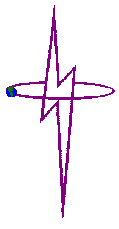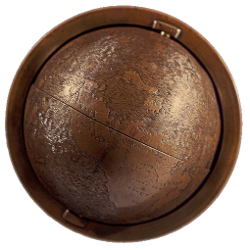

Centuries ago, when a cartographer ran out of known world before he ran out of parchment, he inscribed the words "Here be dragons" (more commonly "Here are lions") at the edge of the ominously blank terra incognita, a signal to the voyager that he entered the unknown region at his own peril. But for some, the warning seems not to have been a deterrent but a goad. Long before, the Chinese, seeking an ideograph to represent the turning point we call "crisis" in English, performed a miracle of linguistic compression by combining two existing characters, the symbol for "danger" and the symbol for "opportunity", to create the character "wei-ji" which stands as an eternal assertion that, since opportunity and danger are inseparable, it is impossible to make a significant forward move without encountering danger; and, inversely, the scent of danger should alert us to the fact that we may be headed in the right direction.
-unknown

This common tale is actually a myth of unknown origin, with the Hunt Lenox Globe (ca. 1510 ce, above) being the only known map from "centuries ago" to contain the phrase in Latin, "hic sunt dracones", which translates literally to "here are dragons."